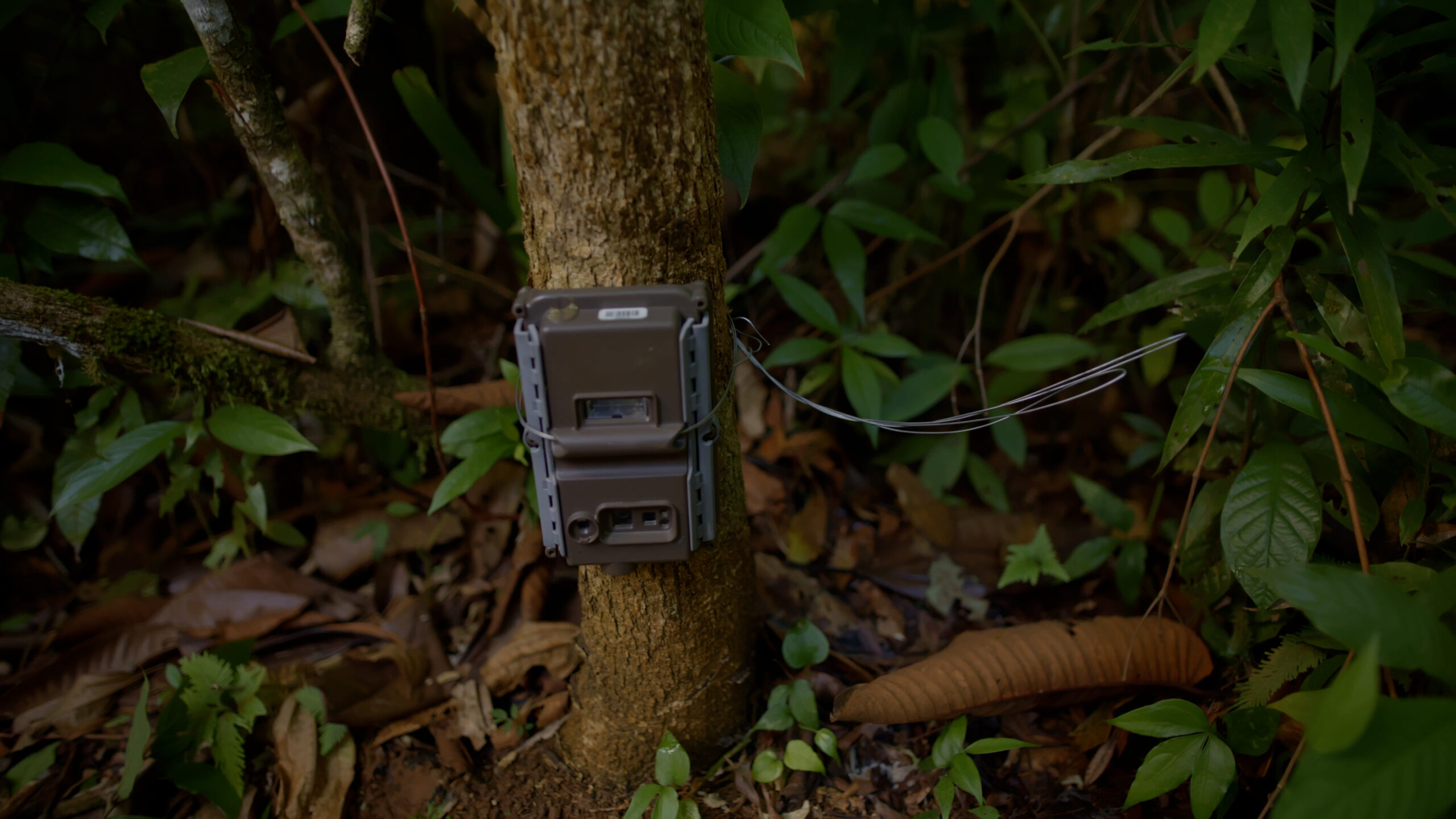Many wild animals are rare, or sneaky, making them difficult to directly observe. Camera traps are a useful tool to tackle this problem. Researchers set up these motion-activated cameras near wildlife corridors, watering holes, or other areas where animals are known to congregate to record movements and behaviors that would otherwise go unseen.
Camera traps provide a host of valuable information for conservationists, telling them which species are present in a given area, how many individuals there are, and whether the animals are socializing or breeding nearby. The data from camera traps helps scientists decide where to focus conservation resources. And by recording the same population of animals over time, camera traps also aid scientists’ understanding of whether their interventions are paying off.
The Wild Hope episode Jaguar Passage shows camera traps in action in the rainforest of Belize.
